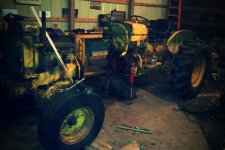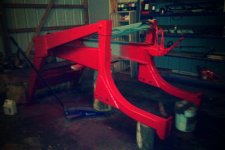Places where notill has some problems, hmm, where you have cold wet soils with lot of residue from heavy crop yields, and you have cold springs, no-till causes the ground to be slower to warm up. The residue insulates the soil from the suns rays, north facing slopes are worse obviously.
If you have really wet soils, tillage can speed the drying process in the spring but thats kind of a poor argument as if its that wet, you shouldn't be driving all over compacting your soil. A better investment is generally tile in wet ground.
There are certain crops you can't no-till, like potatoes, but there isn't much money in them right now. No till also shifts weed, disease and pest managment for a given area. It stops rotating old seeds up from the soil but other types of weeds can become established. Corn on corn can be harder to manage, mild winters can lets pests overwinter in residue.
In the really cold wet areas, strip till, a type off minimum tillage operation is becoming popular but can require a large tractor to pull the row units. It tills alternating strips that you plant into. Gives you some benefits of no till on cold soils. Still has some drawbacks like no till.
Full tillage has narrower profit margins and more input making it riskier for most startups. I've been looking over what to do with my fields that need to rotate out of hay for a while. Alfalfa isn't popular up here, difficult to dry down in the summer.


